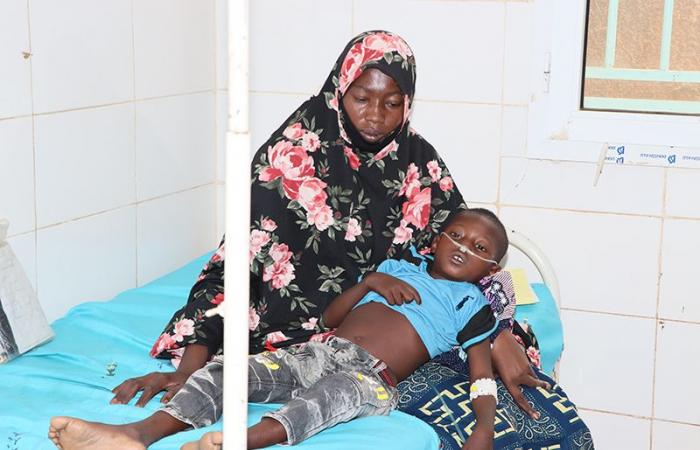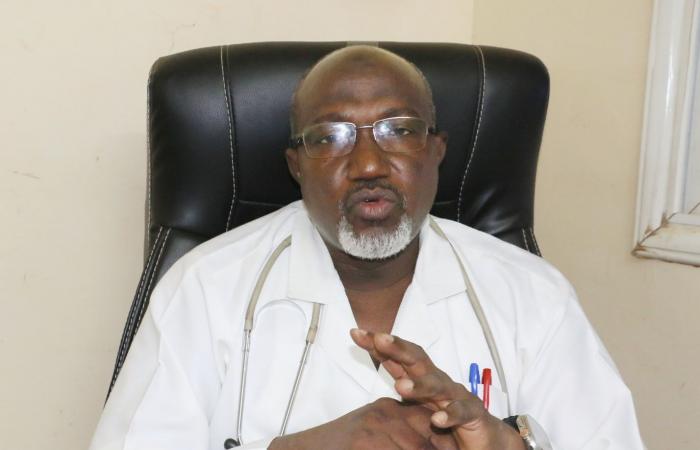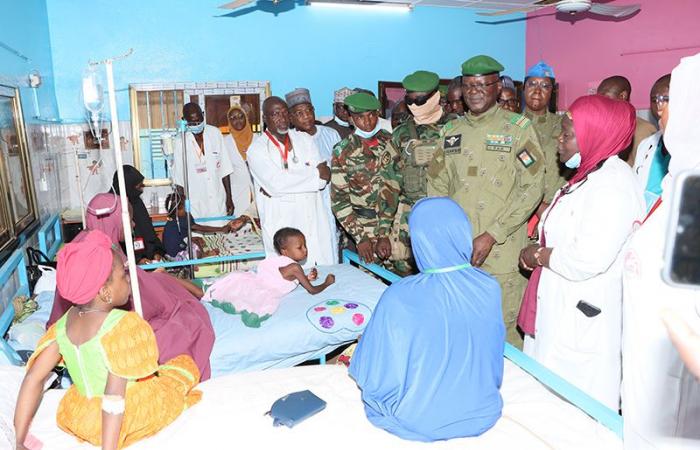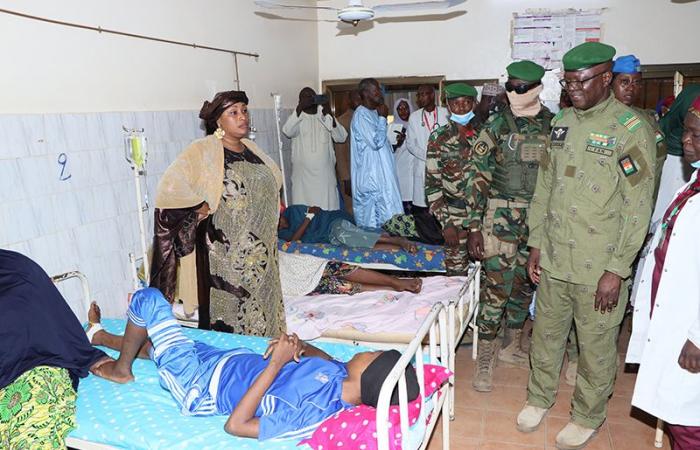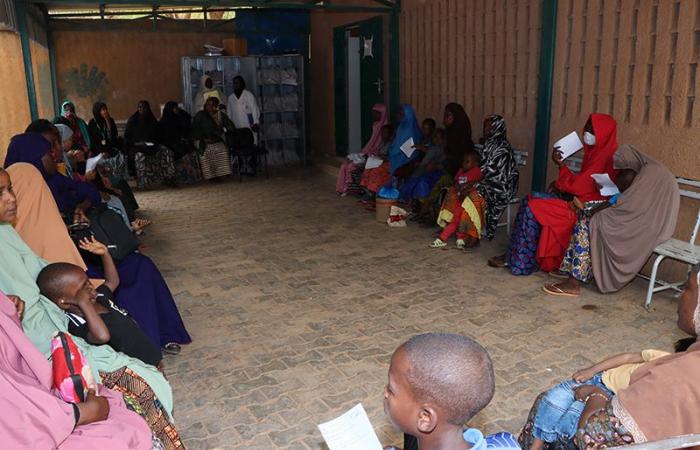Share to networks
Sickle cell disease is a genetic disease that affects red blood cells, which are responsible for transporting oxygen in the blood. Most often diagnosed at birth, it manifests itself by chronic anemia, greater vulnerability to infections and painful crises affecting various organs. Indeed, sickle cell disease is a chronic illness for which there is currently no cure. However, the targeted practice of screening for sickle cell disease at birth allows early medical treatment which is the key to a better prognosis and preserved quality of life.
Sickle cell disease is a public health problem that affects more than 5% of the population. It is one of the most expensive diseases to treat in the world and affects people of all ages. This is why, to alleviate their suffering and that of patients, parents whose children suffer from sickle cell disease have come together to set up an association called the Association for the Fight against Sickle Cell Disease in Niger (ALDN).
Ms. Hima Fatoumata is the president of the Association for the Fight against Sickle Cell Disease in Niger, an association which is also the very first to fight against this disease since it obtained its approval in 1996, for texts written since 1992. “Our association was created by a group of parents of children with sickle cell disease who very often went for consultations to the Niamey national hospital. At the time, it was at pediatrician B at the Niamey national hospital where Professor Abdou Sanda was the chief doctor. He was the only one who welcomed children with sickle cell disease to Niamey at the time. As children’s crises are not spaced out, we almost all end up at the same time. We had to discuss the problems that each of us encounters in relation to our child’s illness. It was after all this that Professor Abdou Sanda himself advised us to form an association because he says he receives a lot of children and parents with sickle cell disease and he hears a lot of complaints from parents,” he said. she recounted.
According to his account, after some inconveniences due to the reception of children with sickle cell disease who arrive in a lamentable state, they are not immediately taken care of because other children are received by the pediatrician A&B of the national hospital at the ‘era. “We have seen that there are not enough staff to take care of patients and emergencies. It was from there that we decided to remove children with sickle cell disease from the national hospital, because it was not suitable to accommodate only children with sickle cell disease. Following this, we made a plea for the construction of a National Center for the Fight Against Sickle Cell Disease which we submitted to the Consulate of Monaco which, in turn, submitted it to the government of Monaco which found co-financing from an association, to create the center which was housed on the current location of the Mahatma Ghandi Center,” added Ms. Hima Fatoumata.
An open center with more than 2 million patients
The current center, she pointed out, opened its doors in 2010. At the time, it had more than two million children with sickle cell disease. It made it possible to have available and qualified staff for children with sickle cell disease. “The center is cramped. Currently, we have approximately 15 or 17 beds. With this rainy season, there are a lot of malaria patients, especially since sickle cell patients cannot tolerate malaria, there are many children and adults who suffer. We can accommodate two adults on a small single bed and children, we can find up to three children on a single bed. The conditions are not yet met for it to be a proper center. But the current management is fighting to have another site in order to transfer the center so that it is more welcoming for children with sickle cell disease,” mentions the president of the association fighting sickle cell disease.
In Niger, sickle cell disease remains more than a public health problem, as it affects more than 5% of the population. It is a very distressing illness, the management of which is not within the reach of all parents. “A child with sickle cell disease has on average 4 attacks per year, at least. There are some who are constantly in centers or hospitals. The one who gets sick the least does so at least 4 times, 5 to 6 times or even 8 times a year. Some people get sick every 2 months. The treatment for a single crisis ranges from 50,000 to 500,000 F, it all depends on the length of stay. If a sickle cell patient spends 3 weeks at the center, the minimum that must be spent is between 200,000 and 500,000 F. For a parent of a sickle cell patient whose salary is around 34,000 FCFA, how can we spend at least 50,000 F 4 times in the year is 200,000 F? It’s quite a problem,” she said sadly.
“We are asking decision-makers for free care for sickle cell disease and the establishment of a program to combat sickle cell disease”
For better care and a reassuring life for both parents and patients, the president of the Association is formulating, in response to the current government, total care for children with sickle cell disease. “All parents with sickle cell disease are social cases, there is no parent able to adequately bear the cost of the illness of a child with sickle cell disease. We are asking decision-makers for free care for sickle cell disease and establishing a sickle cell program. At least when we do the program, the State can have a clear policy for the disease. How to manage the illness and what should be done, how to manage it so that the parents are relieved? We are also asking partners to help us have health insurance because as long as we do not have this health insurance, we are rolling and creating more than 5,000,000 parents social cases,” said she formulated.
Sickle cell disease and its multiple forms
In an interview published in our columns, Dr Beidari explained that sickle cell disease is caused by a disorder in the red blood cells. This abnormality of the hemoglobin carried by the red blood cells which provide oxygen to the tissues and which bring carbon dioxide to the lungs, leads to the rupture of the red blood cells. This mutation, he said, unique and punctual in the DNA, of the coding gene, beta-globin, is located on chromosome 11 making the red blood cells rigid and sticky which take the C shape called “sickle” . There are, depending on the doctor, several forms and different levels of the disease. “Sickle cell anemia is an autosomal recessive genetic disease and there are several types. These are: the SS, AS, SC, and AC form, but the main forms that we recognize in Niger are the SS, SC form and the S beta + or beta -3 form,” explained Dr. Beidari.
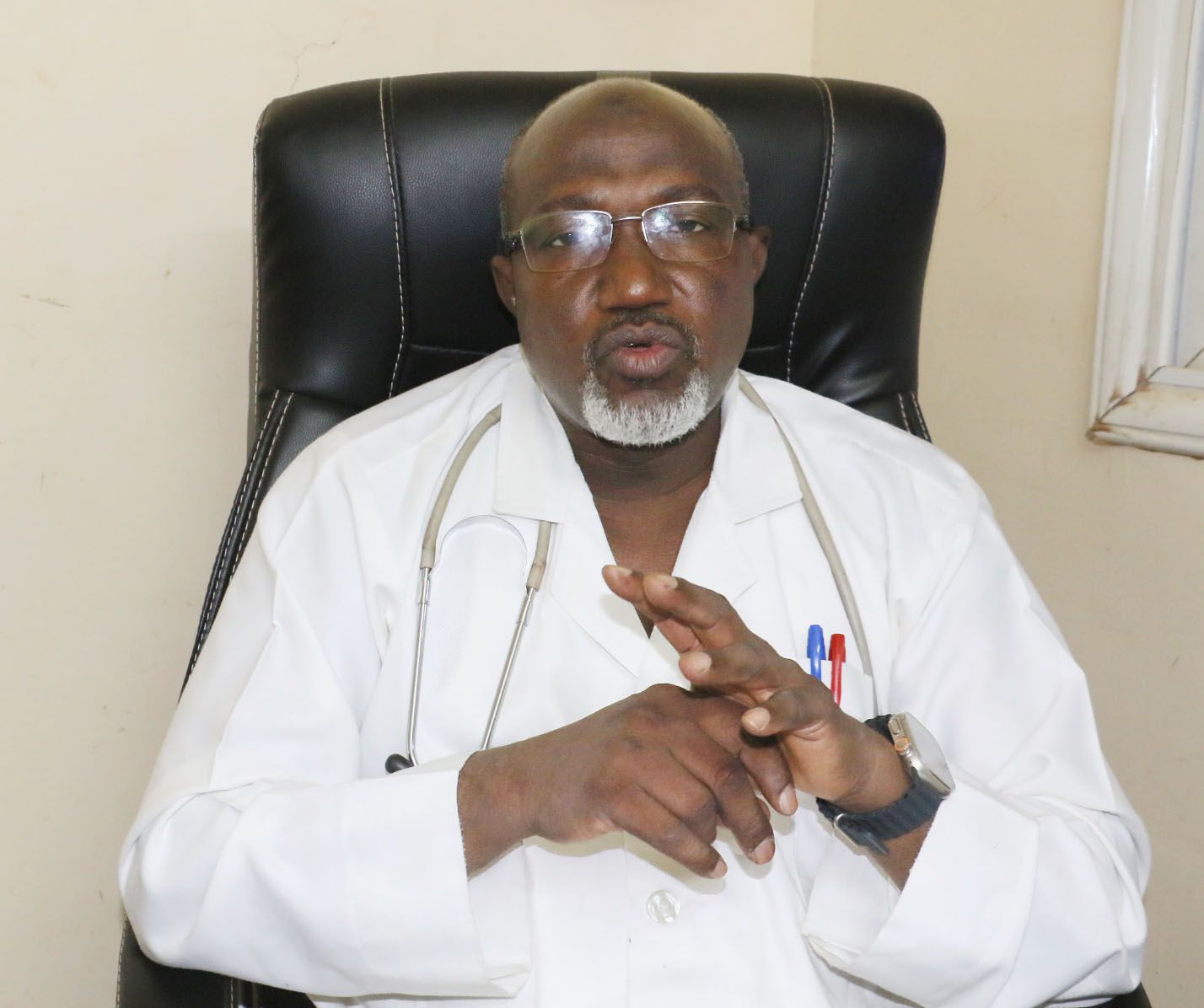
Indeed, during the celebration of World Day Against Sickle Cell Disease, organized by the National Reference Center for Sickle Cell Disease on Wednesday June 19, 2024 in Niamey, Professor Badé Malan Abdou, President of the Board of Directors of the center, indicated that the disease constitutes a public health problem. It is little or poorly known in Niger, both in terms of its mode of transmission and its prevention, which is very possible. “In Niger, major sickle cell syndrome or sickle cell disease affects approximately 4.5% of the population. The number of AS heterozygous subjects, also called healthy carriers, is estimated at more than 23% of the general population, or more than one in 5 Nigeriens,” mentioned Professor Badé Malan Abdou.
According to the Director General of the National Center for Sickle Cell Disease, Doctor Colonel Boureima Soumana, as of June 19, 2024, 9,400 sickle cell patients were followed at the center by multidisciplinary staff made up of specialist doctors, general practitioners, nutritionists, nurses, communicators and social workers. The services offered amount, in 2023, to 17,301 consultations carried out, including 3,365 children under 5 years old. More than 900 cases of sickle cell disease were detected in 2023 with one hospitalization every 4 hours and a new case detected every 5 hours.
A worrying disease that claims victims every day
Living with sickle cell disease means waging a battle every day that you are never sure of winning. Little Fatouma suffers from sickle cell anemia, a disease which was transmitted to her by her parents, whose father was aware that he carried the disease, but the mother was unaware of his AS type status. Fatouma’s mother still remembers today the very first attack her daughter had, who was only thirteen months old. “The crisis started late at night, it was around 2 a.m. It’s true, at the beginning she had a fever, she wouldn’t eat, that’s how the illness started. I gave her paracetamol syrup, it didn’t work, she was having convulsions, shaking, her eyes had turned white, I was very worried because she has never had this kind of seizure before,” recalls- her with pain.
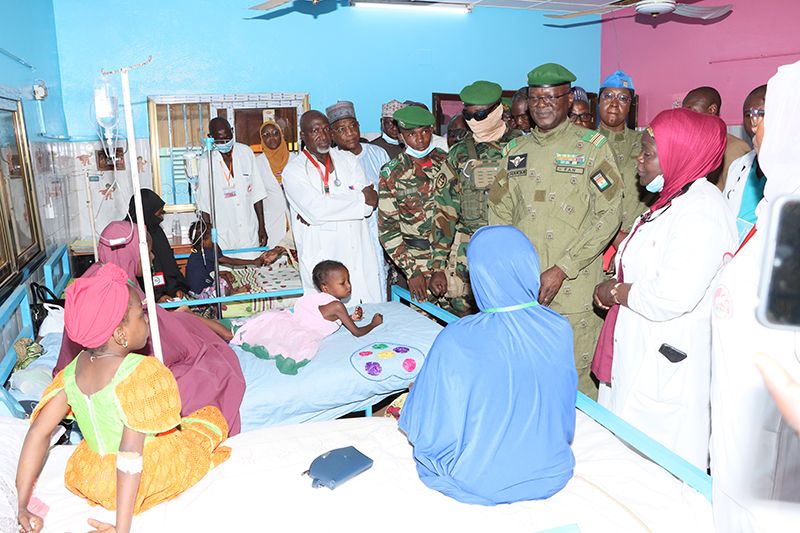
The more hours passed, the worse the crisis got. “We went directly to the university hospital. She was taken to the pediatric emergency room, where we were asked about the history. I explained that his dad had sickle cell disease, because at first I didn’t know that I was a carrier of the AS type. We were hospitalized for three days, after the tests and everything, the result indicated that she is a carrier of the SS type,” said Fatouma’s mother.
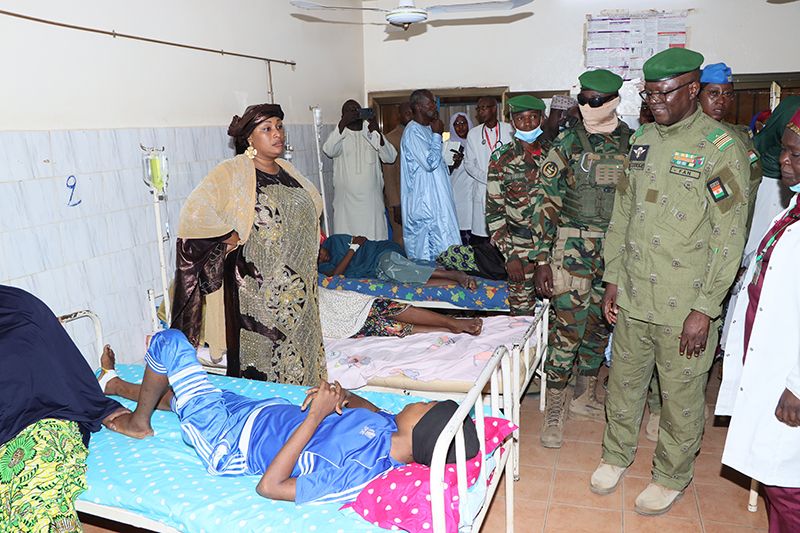
After his convalescence, she said, on the advice of doctors “we went to the National Reference Center for Sickle Cell Disease, where we were able to prepare a file for him. Thank goodness it’s okay now. With the follow-up, everything is back to normal. At the beginning, we were given appointments every 6 months, now it’s every 5 or 4 months, everything really depends on the exams,” she stressed.
The CNRD: a center that meets patients’ expectations
The National Reference Center for Sickle Cell Disease is, according to Fatouma’s mother, a center that meets patients’ expectations. “At the center level, we are made aware of the disease: how should patients be dressed? How to feed them? We are told not to let them play with sand or water. During the cold season, we are advised to dress them warm, not expose them to cold weather, not let them go out, avoid giving them baths indiscriminately, giving them food to eat. nutritious foods like milk, fruits, beans and not letting them become dehydrated. The center takes very good care of the children! When we go there, the staff respects arrival orders and gives each patient the care they need, according to the examinations,” she admitted with satisfaction.
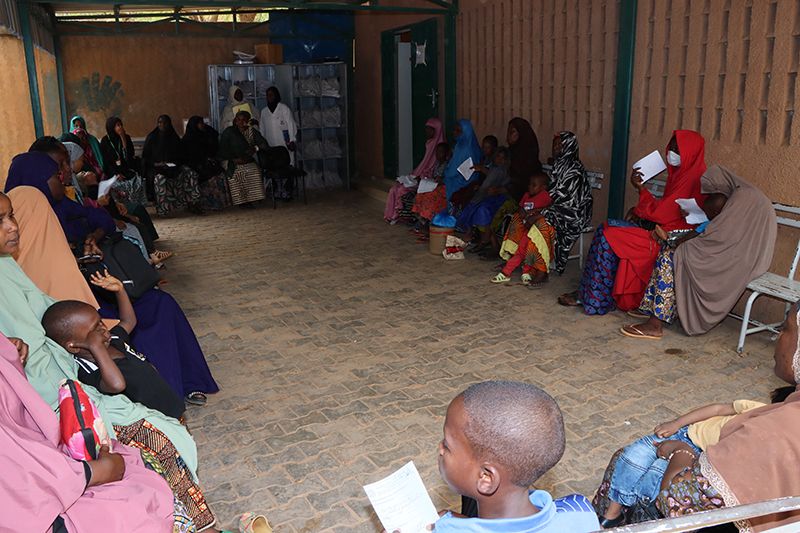
Fatiyatou Inoussa (ONEP)

